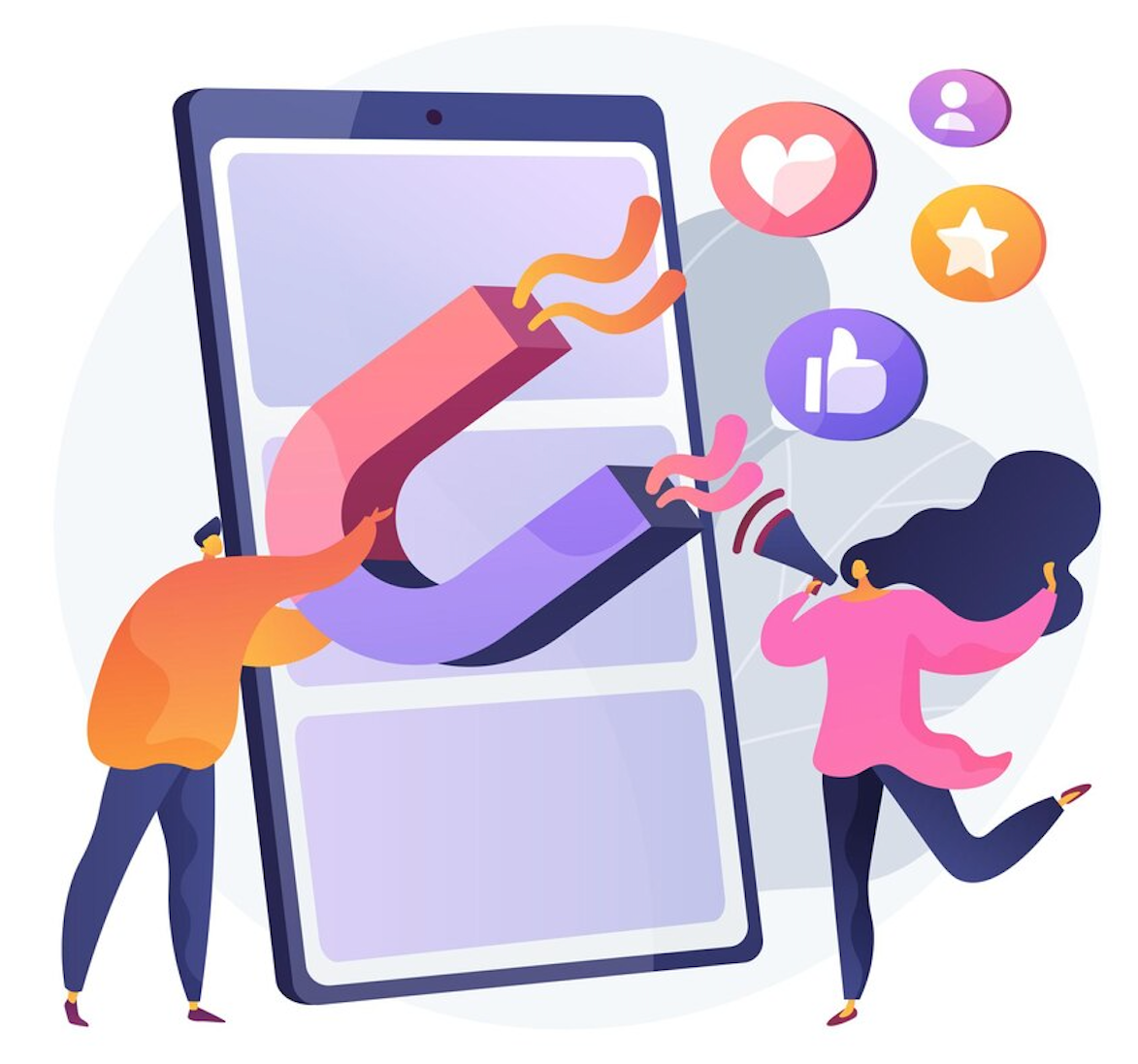How AI Transforms Storytelling to Captivate Audiences
In today’s competitive landscape, capturing attention and building lasting connections with your audience is paramount. Storytelling is a powerful tool that can captivate an audience, evoke emotion, and elevate a brand. With the help of Artificial Intelligence (AI), brands can take storytelling to the next level, leveraging data-driven insights and personalized content to resonate deeply with audiences.
But storytelling is not new—humans have been telling stories since the dawn of communication. From ancient myths to modern-day advertising, the **art of storytelling** helps brands stand out, build a loyal following, and drive business results. Today, mastering storytelling is essential in the digital age, where attention spans are shorter than ever.

1. AI: The Modern-Day Bard
Imagine a marketer sitting in front of their computer, tasked with creating an ad campaign that needs to reach millions of people across different demographics. How do they tell a story that will resonate with each audience member? This is where **AI** enters the scene, offering the ability to craft personalized stories for everyone – whether it’s a teen scrolling through Instagram, a business executive scanning LinkedIn, or a millennial binge-watching YouTube.
With AI, the story no longer needs to be “one-size-fits-all.” Instead, it becomes **dynamic** – evolving based on the preferences, behaviors, and emotions of the audience.
Let’s say you’re crafting a campaign for an outdoor gear brand. Your brand’s hero is a **backpacker** who faces the challenge of traversing treacherous terrains in unpredictable weather. Traditionally, a marketer would write a script, film a commercial, and hope it resonates with adventure enthusiasts.
With AI, this story can be dynamically adjusted for different viewers:
- Adventurers see the rugged outdoorsman climbing a steep mountain peak.
- Families see a mother and her children camping by a serene lake.
- Urbanites see a young professional enjoying a weekend hike just outside the city.
AI does all this in real-time, **creating multiple versions** of the story based on data. It’s as if the machine is whispering personalized tales to each viewer, weaving narratives that they can emotionally connect with.
2. Pros and Cons of AI in Storytelling
Pros of AI in Storytelling:
- Personalization at Scale: AI can generate customized content for millions of people, something human storytellers can’t match.
- Data-Driven Insights: AI analyzes consumer behavior, demographics, and interactions to determine what type of content will resonate most.
- Speed and Efficiency: AI can generate copy, scripts, and even videos in seconds, helping brands release content faster and at a lower cost.
- Emotionally Aware: Modern AI models can analyze emotional cues, allowing them to craft stories that tap into specific emotions.
- Cross-Platform Compatibility: AI helps brands deliver stories across multiple platforms, while adapting the message for each medium.
Cons of AI in Storytelling:
- Lack of Human Creativity: AI is still not as creative as human storytellers and struggles to create original, out-of-the-box ideas.
- Emotion vs. Empathy: AI-generated stories can feel mechanical or soulless if not handled carefully, lacking human empathy.
- Ethical Concerns: AI-driven content sometimes raises concerns over emotional manipulation and must be used responsibly.
3. AI vs. Traditional Content Creation
To better understand AI’s role in storytelling, let’s compare it to other storytelling technologies:
1. AI vs. Manual Content Creation
| Features | AI | Manual Content Creation |
|---|---|---|
| Speed | Instantly generates personalized content | Time-consuming, labor-intensive |
| Creativity | Data-driven, lacks human creativity | High creativity, emotional depth |
| Scalability | Can create millions of variations instantly | Limited by human resources |
| Cost | Lower production cost | Higher production cost due to human involvement |
| Emotion Recognition | Based on emotional data analysis | Human intuition, empathy |
| Ethics | Raises concerns over emotional manipulation | Adheres to ethical storytelling norms |
4. Real-World Examples of AI-Powered Storytelling
Let’s look at some companies already leveraging AI for storytelling and how they stand out:
- Netflix: Netflix uses AI to recommend shows and personalize thumbnails, movie trailers, and descriptions based on viewing habits.
- Coca-Cola: Coca-Cola uses AI to generate digital content that resonates with global audiences by tapping into cultural trends on social media.
5. Final Thoughts: Will AI Tell the Stories of the Future?
AI has come a long way in helping brands craft stories that resonate with diverse audiences. Its ability to scale, personalize, and adapt in real-time is a game changer for marketers. However, the role of human creativity remains irreplaceable. The future of storytelling lies in a collaboration between AI’s efficiency and human empathy.
Call to Action: Subscribe to our newsletter for the latest AI and marketing insights, or download our free guide on AI storytelling.

 By
By

